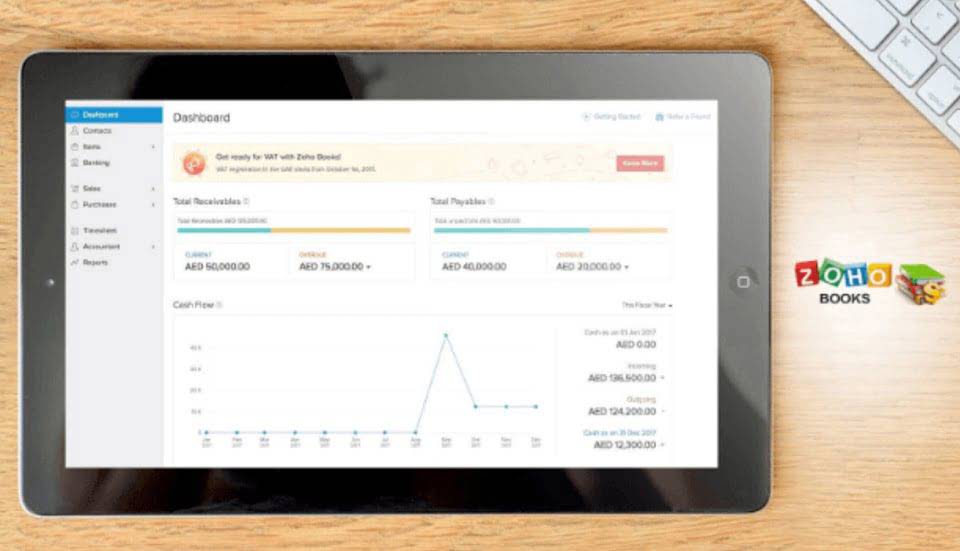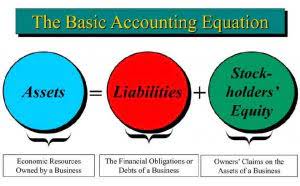When a company buys back its own shares, known as treasury shares, stockholders’ equity is reduced by the value of these repurchased shares. However, this reduction does not affect the total number of outstanding shares and thus does not impact earnings per share (EPS). In conclusion, understanding the concept of stockholders’ equity and comparing it across companies can provide valuable insights into their financial health and management practices. By examining trends, ratios, and differences in equity levels, investors can make informed decisions about where to allocate their capital for optimal returns. Comparing their equity-to-asset ratios (equity/total assets), we observe that Apple has a ratio of approximately 36.4%, while Alphabet boasts a higher ratio of 61.5%.
Understanding this statement is crucial for anyone looking to grasp the overall financial health of a business, whether you are an investor, a company executive or simply someone interested in corporate finance. Significant changes in other comprehensive income may result from market volatility affecting foreign currency adjustments or investment valuations. Companies operating in multiple jurisdictions might experience pronounced equity shifts due to currency fluctuations or changes in international accounting standards.
Key Components
- Another technique is to compare the trends in a company’s equity over time or in comparison to industry peers.
- They can directly see, on their balance sheet, if their numbers are on the right track.
- In contrast, a weak equity base may indicate vulnerability to external pressures, potentially resulting in decreased confidence among investors and negative market sentiment.
A statement of shareholders’ equity is a simple calculation obtained from a company’s balance sheet. It basically summarizes the ownership of a company and can be used to quickly determine the difference between assets and liabilities. Read on to find out why this statement is important, its components, and how it’s calculated, and to check out an example of one.
We’ll explain more about the statement of shareholders’ equity and how it fits into your business’s overall financial picture. After subtracting debts and liabilities, what’s left is your stake in the business—the result of your investments, hard work and reinvested profits. Understanding these components is crucial for institutional investors as it helps them evaluate a company’s financial performance, assess potential risks and rewards, and make informed investment decisions. In the following sections, we will discuss each component in greater detail and explore their implications for investors. The statement shows how much money has been paid out in dividends, which tells you if the company is sharing its profits with shareholders. It also helps you understand the company’s approach to reinvesting profits versus returning them to investors.
What is the statement of stockholders’ equity?
The statement of stockholders’ equity is the difference between total assets and total liabilities, and is usually measured monthly, quarterly, or annually. It’s found on the balance sheet, which is one of three financial documents that are important to all small businesses. A statement of stockholders’ equity is another name for the statement of shareholder equity. This section of the balance sheet is also known as a statement of shareholders’ equity or a statement of owner’s equity.
Retained Earnings
Our dedicated experts research and test SMB solutions so you can make smart, confident decisions. With business.com+, members get dedicated support, exclusive deals and expert advice.
Conversely, negative equity could suggest that the liabilities outweigh the assets, indicating an impending bankruptcy or insolvency. This transparency enables stakeholders to assess the company’s financial health and strategic decisions. This financial statement summarizes on one page all of the changes that occurred in the stockholders’ equity accounts during the accounting year. The importance of stockholders’ equity lies in its role as a key measure of a company’s financial health.
What is a Statement of Shareholders’ Equity?
Retained earnings represent net income that remains within a business after all dividends have been paid to shareholders. Both sources contribute to the overall health and growth of a company. what is the statement of shareholders equity Understanding the role of treasury shares and share buybacks in managing stockholders’ equity enables investors to better evaluate the financial health and intentions of a company. By considering these aspects alongside traditional metrics like total assets, liabilities, and net income, they can make well-informed investment decisions. The statement of shareholders’ equity is most valuable when analyzing changes over time.
- A higher retained earnings balance indicates that a corporation has been successful in generating sustainable profits and reinvesting them back into its business for long-term growth.
- Statements of shareholders’ equity vary depending on business size and operational factors.
- The widening difference between the figures reflecting the two values indicates growth and profits, thereby making more and more investors invest in the firm.
- From this, we see that XYZ Corp has a solid foundation of equity, with retained earnings indicating a history of profitability and growth.
- The statement of shareholders’ equity enables the management to monitor and review the progress of — and adjustments to — the company’s ESOP.
Understanding treasury stock transactions is key to evaluating a company’s capital management strategies. Financial statements are essential tools for investors, analysts, and company management. Among these, the statement of shareholders’ equity provides a detailed view of changes in ownership interest over time. This statement offers insights into how a company’s financial decisions impact shareholder value, helping stakeholders make informed decisions regarding investments and corporate governance. By analyzing both share capital and retained earnings components within stockholders’ equity, institutional investors gain valuable insights into a company’s financial performance and overall health. In the following sections, we will dive deeper into these concepts by discussing their roles and implications for investors.
Similarly, retained earnings drop with the increase in dividend payment and vice versa. The Statement of Shareholders’ Equity provides insights into how a company’s equity has changed over time, highlighting new investments, dividends and retained earnings. The approach may apply to separate additional columns for other classes of preferred stock. Investments made foreign currency transactions and hedging transactions. It captures the unrealized gains and losses that are not reported in the income statement.
Understanding the Importance and Calculation of Stockholders’ Equity
This means the company has sufficient funds to pay off all debts and still have assets remaining for its stockholders. Positive equity is considered a favorable indicator of financial stability, as it implies that shareholders will receive a return on their investment should the business liquidate. Understanding the distinction between positive and negative stockholders’ equity is essential for investors as it indicates the financial health of a business. While positive equity represents a surplus of assets over liabilities, negative equity implies that liabilities exceed assets.





